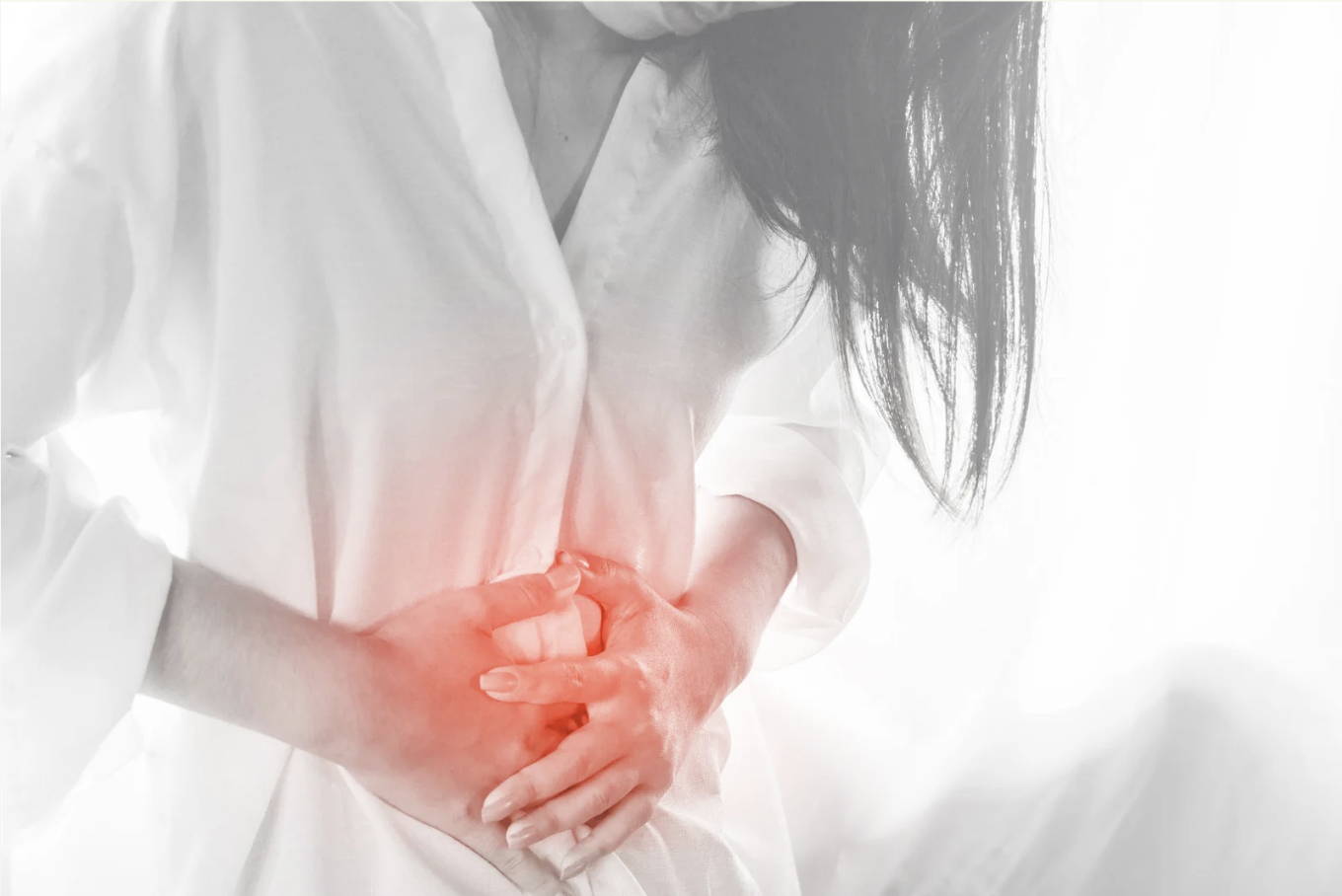No Products in the Cart
Hemorrhoids are swollen veins in the anus and lower rectum areas. We are all born with hemorrhoids, however only when they become swollen and enlarged do they start to bother us. These vascular cushions provide sensory information that helps differentiate among stool, liquid and gas. Nearly three out of every four adults will suffer from hemorrhoids from time to time because of the high vascularity and sensitive location. They are more common as you age, though can affect people of all ages, genders, race, and ethnicities.
written by:
Charlotte Van Noppen, M.Ed

Some risk factors for developing hemorrhoids include:
• Overweight/obesity.
• Pregnancy.
• Eat a low-fiber diet.
• Have chronic constipation or diarrhea.
• Regularly lift heavy objects.
• Spend a lot of time sitting on the toilet.
• Strain while having bowel movements.
Signs of external hemorrhoids include:
• Itchy anus.
• Hard lumps near the anus that feel sore or tender.
• Pain or ache in the anus, especially when you sit.
• Rectal bleeding.
Many people with internal hemorrhoids are unaware they have them because they do not present symptoms and rarely cause pain. You may see blood on toilet paper, in stool or in the toilet bowl, which are signs of rectal bleeding. There are various gastrointestinal disorders that can cause rectal bleeding. It is important to tell your healthcare provider when you are experiencing this.
There are several tests that your healthcare provider may use to diagnose hemorrhoids and to decide on a treatment plan. This includes a discussion of symptoms and physical exam and may accompany a digital rectal exam, anoscopy, sigmoidoscopy. These tests take place in a doctor’s office and are typically not painful.
Hemorrhoids often go away on their own without treatment. There are several ways you can ease symptoms at home, including:
• Apply over-the-counter medications containing lidocaine, witch hazel or hydrocortisone to the affected area.
• Drink more water.
• Increase fiber intake through diet and supplements.
• Soak in a warm bath.
• Soften stool by taking laxatives.
• Take non-steroidal anti-inflammatory drugs (NSAIDs) for pain and inflammation.
• Use toilet paper with lotion or flushable wet wipes to gently pat and clean your bottom after a bowel movement.
You should see your healthcare provider if symptoms get worse or interfere with your daily life, sleep, or if signs don’t improve after a week of at-home treatments. Your provider may treat hemorrhoids with options including rubber band ligation, electrocoagulation, infrared coagulation, sclerotherapy. Of the nonsurgical in-office therapies, the most commonly performed procedure is rubber band ligation, during which rubber bands are applied to the base of the mass to to decrease tissue that is causing an inflammatory response.
Stress can also lead to digestive problems such as straining, constipation, and diarrhea. These can cause hemorrhoid flare-ups. It is important to find stress management techniques that work for you in order to build a healthy, functional, and effective digestive system.
References:
Cleveland Clinic. (n.d.). Hemorrhoids treatment, symptoms, causes & prevention. Cleveland Clinic. https://my.clevelandclinic.org/health/diseases/15120-hemorrhoids
Mayo Foundation for Medical Education and Research. (n.d.). Digestive diseases. Mayo Clinic. https://www.mayoclinic.org/medical-professionals/digestive-diseases/news/hemorrhoidal-disease-diagnosis-and-management/mac-20430067